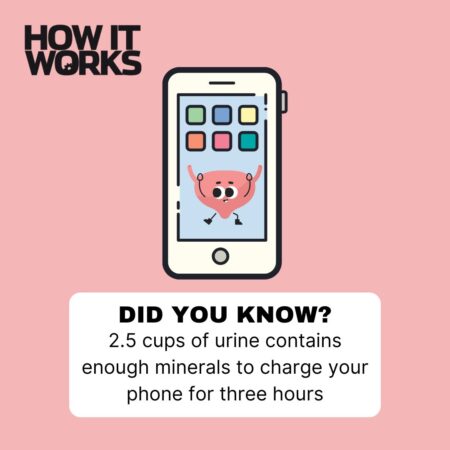How does Newton’s cradle work?
Newton’s cradle is a device that visually demonstrates the Laws of Conservation of Momentum and Energy, as well as the effects of friction and dampening. It was invented in 1967 by actor Simon Prebble and named after the distinguished scientist and mathematician Sir Isaac Newton,
The cradle is constructed from a series of odd-numbered metal balls (usually five or seven) each of which are suspended from a fixed rack by two wires or rods in order to keep them on a single plane. The device, when operated by lifting one of the outward end balls, acts akin to a simple pendulum. However, thanks to the inclusion of other balls in its swing arch, it transfers its kinetic energy through them to its polar opposite outward ball, swinging it up on the same plane and arch.
This effect is produced in accordance with Newton’s aforementioned laws that state that the amount of momentum that an object has depends on its mass and velocity, and that the total momentum of any group of objects remains the same unless outside forces act upon them. This directly translates to the activity of the cradle as, considering the momentum and energy produced by releasing the outward ball must be maintained in the system, the opposite ball will have the same velocity and total mass as the instigator. Vis-à-vis, if two balls are initially released, two balls will replicate the arch on the other end of the cradle, as the total velocity and mass must be maintained.
Of course, while these laws would seem to indicate that the cradle’s movement must therefore be perpetual, this is not the case, as friction caused between the balls’ collisions as well as their natural elasticity and material dampening effects, means that the arch of any moving balls will decrease over time, eventually coming to a standstill. The longevity and conservation of momentum is therefore directly proportional to the material used in the balls, with metal often used thanks to its low elasticity.
Discover more amazing science in the latest issue of How It Works magazine. It’s available from all good retailers, or you can order it online from the ImagineShop. If you have a tablet or smartphone, you can also download the digital version onto your iOS or Android device. To make sure you never miss an issue of How It Works magazine, make sure you subscribe today!
Plus take a look at:





